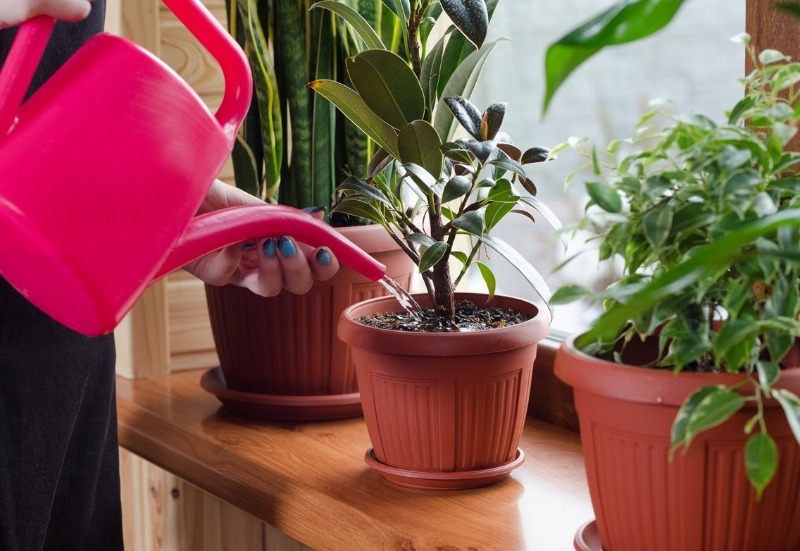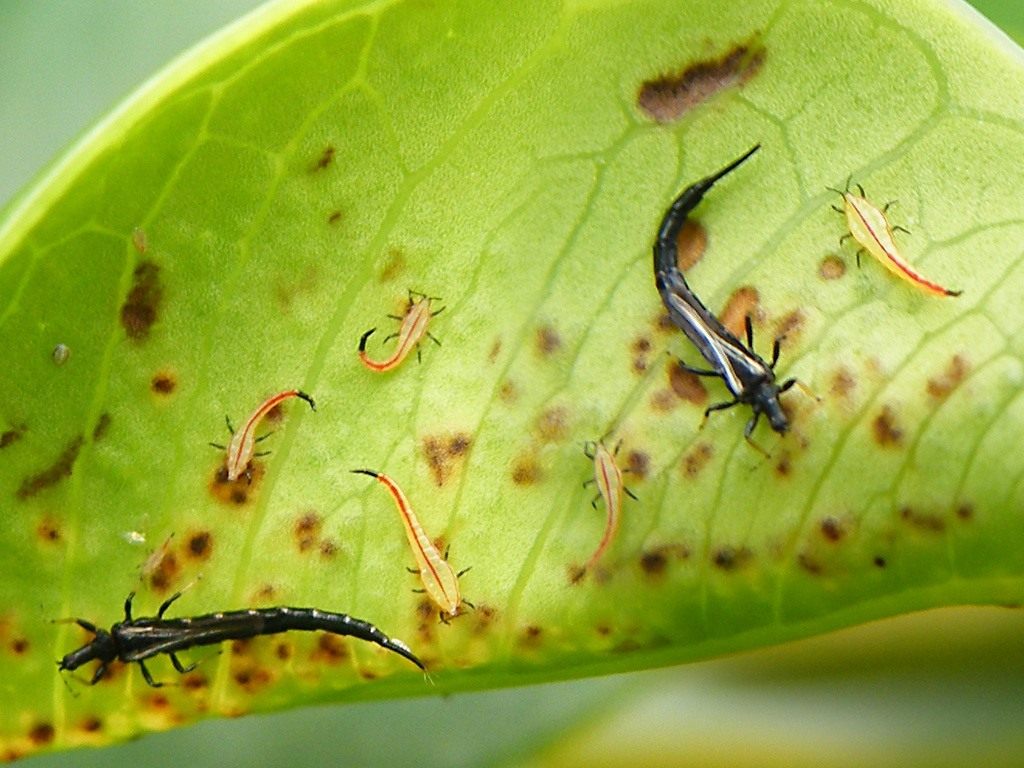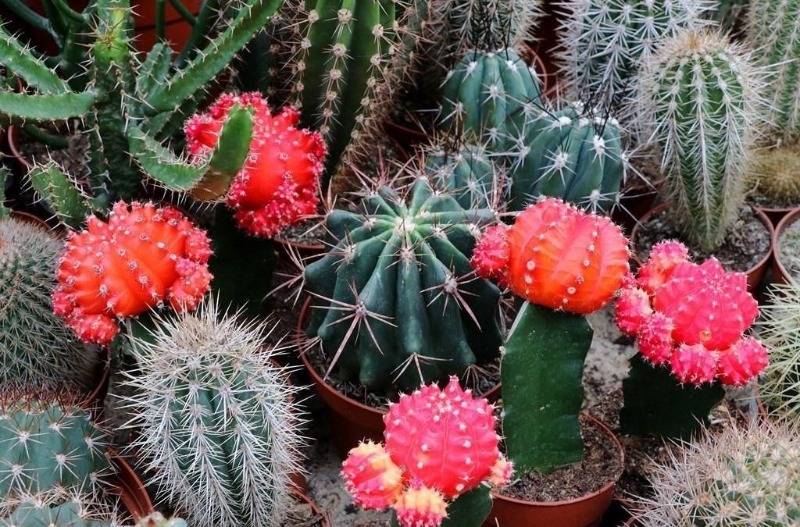Lovers of indoor plants often do not follow the regime and method of watering them. Such mistakes lead to diseases and death of seedlings. Each type of indoor flower needs to be moistened individually. Only in this case will the plant develop rapidly and bloom vigorously. This article describes the basic guidelines for proper watering.

What can you water plants from?
The most convenient watering tool is a narrow-nosed watering can. With its help, without undue difficulty, control over the size of the water jet is carried out. The spout of the watering can should be placed as close to the ground as possible, passing it under the lower tier of leaves. Moisture should get closer to the edge of the planting pot and seep out to the roots of the plant. In this way, indoor flowers are recommended to be watered in the morning. It is important to make sure that no direct sunlight falls on the pot during moistening.
A plastic bottle is less convenient for adjusting the jet size. Therefore, more often such containers are used for drip irrigation of plants. Preliminarily, small holes must be made in the cap and bottom of the bottle with a nail or awl. Next, water at room temperature is poured into the container and fixed above the pot, bottom up. The effectiveness of such a system should be monitored for 2 weeks in order to decide whether to increase the number of holes or the volume of the bottle.
Any container with a spout can be used for watering indoor plants. These can be small cups, saucers, bowls.
How to water plants
The water temperature should be no higher than 25 degrees Celsius. Its main properties are rich oxygen content, sufficient softness and low salt concentration.
Experienced flower growers use rainwater for irrigation. It is necessary to collect it on the second day of precipitation. In this case, the content of harmful substances in the liquid is reduced. Rainwater is most useful for cyclamen, pelargonium and chrysanthemums.
It is recommended to combine rainwater with thawed water in a 1: 1 ratio. Melt snow contains very few harmful substances. You can get this water using a freezer. To do this, pour liquid into a container of the required volume and place it in the freezer for 10 hours. After that, all impurities will end up at the bottom of the container in the form of sediment, and the formed ice, after melting, will turn into water suitable for irrigation.
Ordinary tap water also becomes suitable for irrigation after filtration or settling for 2 days. At the same time, it becomes much softer, and the chlorine in its composition is almost completely eroded.
How to water plants
The method of watering depends on the type of plant and the container in which the flower is planted. Moistening with a stream of water at the root is considered traditional. In this case, it is necessary to ensure that the soil is not washed off the roots of the plant. The liquid should be added in small portions so that it has time to seep into the ground, without flooding the lower leaves of the flower.
If water begins to accumulate in the sump of the planting pot, stop watering immediately. You cannot leave liquid there. As soon as excess water ceases to collect in the pan, it should be poured out of it. With root watering, the plant must be regularly fed and enriched with nutrients.
For some types of domestic flowers (cyclamens, violets, gloxinia), the ingress of water on their stems or lower leaves leads to their early decay. In this case, humidification through the drip tray is possible. Bottom watering is usually used when the earthen lump in the pot dries out a lot, and voids appear between the wall of the planting container and the soil.
For bottom watering, the pallet height must be at least 1/3 of the pot height. Water should not be in it for more than 30 minutes in order to prevent decay of flower roots. Moistening through the pan saturates the soil with salts. Over time, they appear on the surface of the soil as a thin crust, which must be carefully removed and poured with fresh substrate.
You can water the plant by placing the flower pot in a bucket of water. Such moistening should be completed when the earth in the flowerpot is completely wet. In this case, care must be taken that the liquid does not overflow over the side of the pot and does not fall on the leaves of the plant. In this way, cyclamens, saintpaulias and other flowers are watered. Place the pot back in the tray completely dry.


